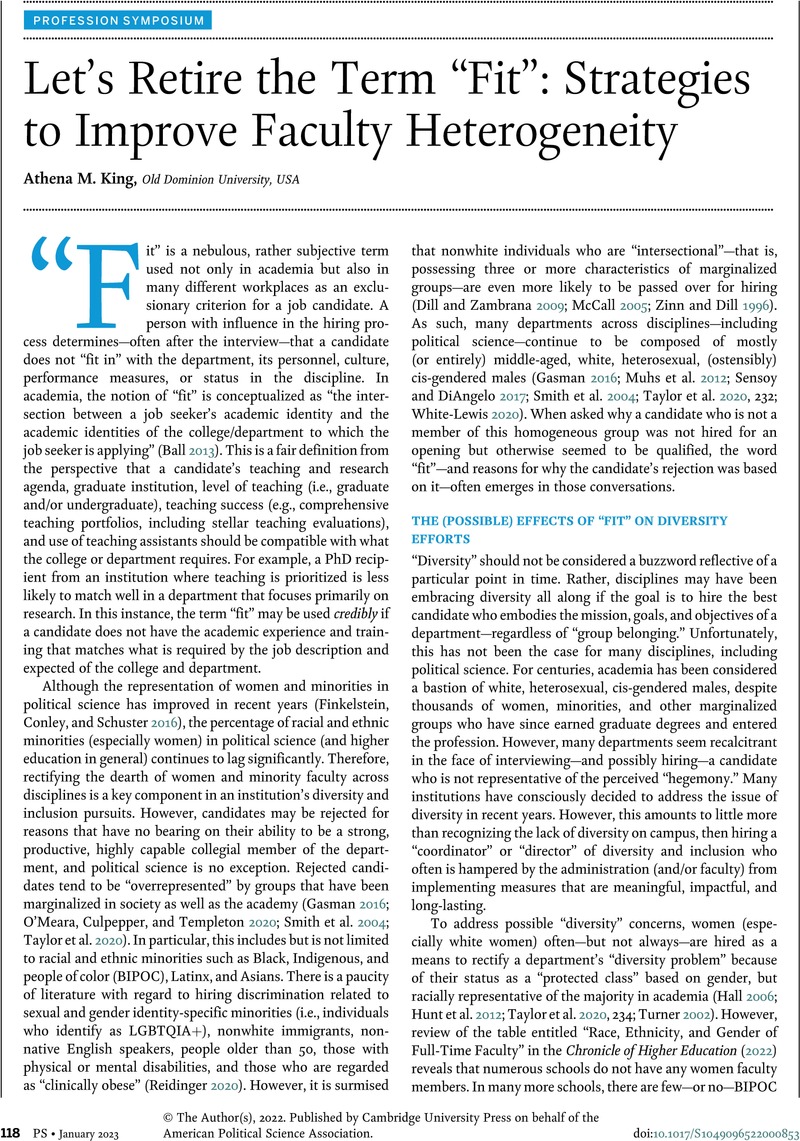Crossref Citations
This article has been cited by the following publications. This list is generated based on data provided by Crossref.
Gonzales, Leslie D.
Culpepper, Dawn
and
Anderson, Julia
2023.
Higher Education: Handbook of Theory and Research.
Vol. 39,
Issue. ,
p.
1.
Gonzales, Leslie D.
Culpepper, Dawn
and
Anderson, Julia
2024.
Higher Education: Handbook of Theory and Research.
Vol. 39,
Issue. ,
p.
1.
Gonzales, Leslie D.
Culpepper, Dawn
and
Anderson, Julia
2024.
Higher Education: Handbook of Theory and Research.
Vol. 39,
Issue. ,
p.
381.



